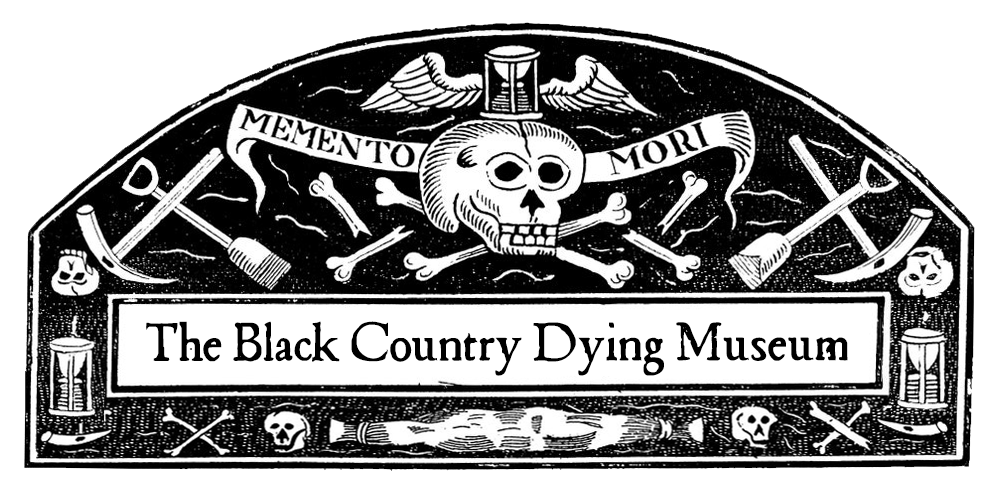As our news media begins to speculate about a forthcoming general election (it could be a long haul!) I thought we could reminisce a bit about those also-rans in our general elections, some of the defeated candidates who sometimes appear for a few weeks, are defeated at the ballot box and are never seen again in the Black Country. Who knows, if just a few hundred more people had voted for them perhaps there would be statues to them here. Actually, one of them is commemorated with a statue, but more about them in a while.
Firstly, and within living memory, (at least of those of us who won’t see 60 again!) there was of course the West Bromwich East election in 1974, where an unknown David Mellor stood (unsuccessfully) for the conservatives. Yes, THAT David Mellor who went on (after being elected in the 1979 election in Putney) to become famous not for his launching of a national cochlear implant programme, nor for introducing legislation establishing the Crown Prosecution Service, nor indeed for his response to the Calcutt Review of Press Freedom, nor for legislation criminalising racial abuse by spectators at sporting events. No, the self styled “minister for fun” is today best remembered for wearing a Chelsea football shirt whilst making love! Perhaps if he’d worn a Baggies shirt he’d be better remembered here!

Way back in 1918 women (at least those over the age of 30) had finally gained the right to vote in general elections, when the Representation of the People Act (aka the Fourth Reform Act) was passed in February that year. This act did not however give women the right to stand for election – when a number of female candidates were nominated, perhaps the shortest Act in the history of parliament was rushed through: The Parliament (Qualification of Women) Act was passed on 14th November 1918, just three weeks before the general election.
Here’s the act in full – I’m quoting it here so that you will be able to say that you’ve read an entire Act of Parliament from beginning to end!
1) A woman shall not be disqualified by sex or marriage for being elected to or sitting or voting as a Member of the Commons House of Parliament”.
As an amendment to an existing law, this meant that women as young as 21 could stand for election, the same as men. But if they were under 30 or failed to meet the property qualification, they still couldn’t vote!
There were 707 seats up for election in the House of Commons in the 1918 election. You may wonder why there were more seats in 1918 than today (there are currently 650). There were in 1918 105 members representing Irish Constituencies from the entire island of Ireland, not just the 18 seats in the North of Ireland today.
Across the 707 constituencies, only 17 women were nominated as candidates. Of these, two stood for constituencies in the Black Country, and one further woman stood in nearby Birmingham. Neither of the Black Country candidates were Black Country women by birth but one of them, Mrs WC Anderson, standing in Stourbridge (which in 1918 included Oldbury Halesowen and Lye) was well known in the region, albeit under her maiden name. The Stourbridge returning officer insisted on her standing under her married name. Better known as Mary MacArthur, she had led the 1910 Cradley Heath women chainmakers strike and stood in 1918 as the official Labour candidate.

During the actual campaign Mary campaigned vigorously against the Women’s Party candidate in Smethwick, Manchester born Christabel Pankhurst, daughter of Emmeline Pankhurst and founder of the Women’s Social and Political Union, the most militant of the various suffragette movements actively campaigning for votes for women in the early years of the 20th century. Christabel had been jailed in 1905, 1907, 1909 and 1914 for her militant actions and for co-ordinating militant protests by other members of the WSPU. She was referred to in the press as ‘Queen of the Mob’.

Christabel’s politics could hardly have been more different from Mary’s – where Mary had campaigned against Britain’s role in the First World War, Christabel campaigned for a ‘Victorious Peace’, arguing that Germany should recompense Britain for its war time expenditure, and for ‘Britain for the British’. Although not officially recognised as a Liberal/Conservative coalition candidate she received much support from Lloyd George’s supporters. Both Mary and Christabel were defeated. Mary lost by over 1300 votes to John William Wilson, the Wilson bit of the major chemical manufacturer of Oldbury’s Albright and Wilson, and Christabel by 775 votes to local trades union organiser John Davidson.
Neither Mary nor Christabel were ever seen in the Black Country again. Mary died not long after on January 1st 1921, coincidentally the same day that the new Trades Union she helped establish, the GMB, was officially established. Mary was buried in Golders Green Cemetery. Christabel left for the US in 1921, taking up a career as a Christian Evangelist. She died in 1958, aged 77, and is buried in Santa Monica, California.
A statue was erected to Mary in Cradley Heath in 2012, commissioned in 2010 to mark the centenary of the Chainmakers strike. She’s not been forgotten in the Black Country at least!



Leave a comment